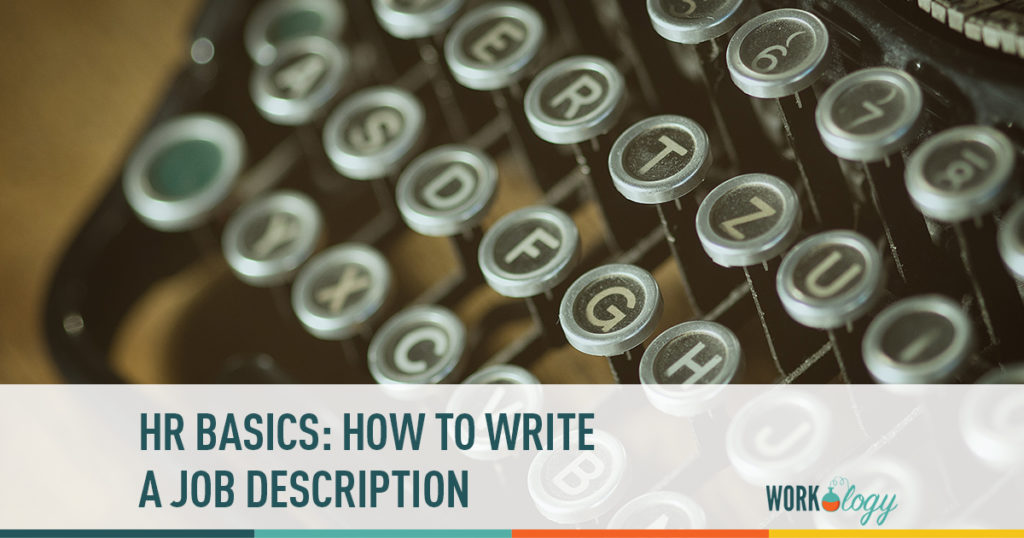It sounds easy to write a job description, doesn’t it? You just describe the requirements and responsibilities for each position in your company. You’ve done it—you’ve described the job! However, job descriptions are a fundamental cornerstone of your employee development and hiring strategies and are crucial to compliance.
Doesn’t that seem like a lot of work for a description to do? However, consider job descriptions as a crucial human resources standard that aids in the overall self-awareness of the business. Therefore, let’s begin by defining a job description.
What Is A Job Description?
Job descriptions are formal explanations of the obligations attached to a particular role. They specify who reports to them, who they report to, and what duties a person in this position is expected to perform. They discuss the role’s significance to the company as a whole, as well as all of its crucial connections to the team, clients, and, depending on the business, products. Consider them as a foundational definition you can build other documentation and conversations, such as discipline and compensation, on top of in the event of a dispute.
What Are Job Descriptions For?
The most fundamental and basic explanation of the functions in your firm is provided in the job descriptions. You can start creating an organizational tree from job descriptions, outlining the connections between your divisions and specific workers. Because you’ve previously outlined the essential elements of the position, you can use them to develop stronger job postings. They can also be used to establish the parameters for discussions about pay and punishment. By examining how closely the job description and the actual task align, you may use them as the standard against which to gauge actual job performance.
When a role shrinks or expands you should adjust the job description accordingly. When a number of roles change suddenly, a full job description review should be conducted, to make sure your idea of how the company functions matches the reality, and to make sure that you’ve got the right people in the right places, and finally, to make sure compensating them fairly.
What Do I Need to Include In a Job Description?
Job descriptions should outline:
- The duties and responsibilities of the role and the importance of each
- What their role contributes to the organization as a whole
- The position of the role within the company
That all sounds simple enough, but to in order to ensure your description is accurate, you should perform a job analysis, thinking about:
- What team the role belongs to
- What tools and which accesses the role requires
- What level of authority and supervision the role requires
- What education and special skills the role requires
- What special demands, if any, the role requires (for example, particular physical or scheduling demands)
To ensure you don’t miss key elements of the role, invest time in this analysis, watching how the current employee operates over the course of at least a week. Talk to the employee, their colleagues, their supervisors, and their subordinates, to better understand the impact they have on the organization.
Should I Use a Template?
Yes, you should definitely use a template.
Once you’ve begun your job analysis, and before you actually start writing descriptions, you should select or develop a job description template. In this post I laid how why you should use a job description template and how to choose or develop one that works for your organization’s specific needs. You need a job description template for the same reasons that you need job descriptions: they keep you honest and accurate, and give you a reliable paper trail on which you can build conversations about performance, compliance and more.
If every job in your organization is described in the same way, using the same template, it’s harder to miss important details and it’s harder for your biases to get in the way.
With your template and your job analysis in hand, writing the actual job description is simple.
Finally, make sure your descriptions are signed off on (and dated!) by business leaders, who, depending on the size of the organization, may be your immediate HR supervisor, department managers, executives, or even owners. This provides a valuable second set of eyes on your work and completes the responsibility loop.








